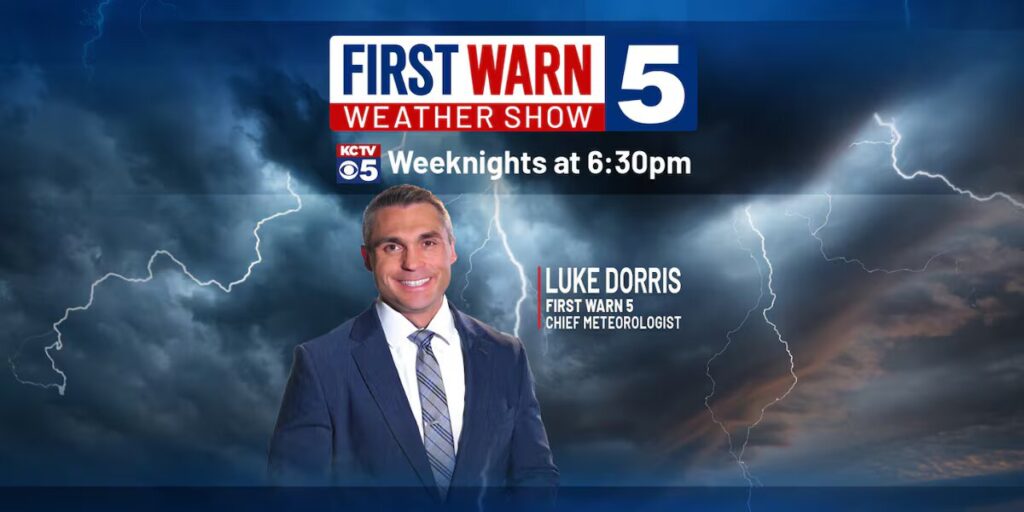 The stock market drifted lower for most of the day, ahead of a scheduled statement from the Fed and a press conference by Chairman Ben Bernanke. The slide continued after Bernanke's announcement that the Fed could start scaling back its huge economic stimulus program later this year.
The stock market drifted lower for most of the day, ahead of a scheduled statement from the Fed and a press conference by Chairman Ben Bernanke. The slide continued after Bernanke's announcement that the Fed could start scaling back its huge economic stimulus program later this year.
Dow Tumbles 206, Nasdaq Closes Down 39
NEW YORK (AP) — Financial markets shuddered Wednesday after the Federal Reserve said it could start scaling back its huge economic stimulus program later this year and end it by the middle of 2014.
The reaction by investors — the Dow Jones industrial average fell more than 200 points and the yield on the 10-year Treasury note rose to its highest in 15 months — showed just how much investors have come to depend on the Fed’s easy money policies that have helped send the stock market up 140 percent in the past four years.
“Any whiff there’s going to be reduction in the [Fed’s] ammunition is met with selling,” said James Camp, managing director of fixed income at Eagle Asset Management.
The selloff was broad. All 10 sectors in the Standard’s & Poor’s 500 fell, led by high-dividend stocks like telecommunications and utilities.
The Fed’s $85 billion in monthly bond purchases have helped the U.S. economy by keeping long-term interest rates low and encouraging borrowing and investing. Now, it looks like the Fed is closer to ending that program as the U.S. economy improves.
The stock market drifted lower for most of the day, ahead of a scheduled statement from the Fed and a press conference by Chairman Ben Bernanke. The Dow was down just 16 points shortly before the central bank released a policy statement and economic outlook at 2 p.m.
Stocks started to fall after the Fed’s statement. The selling accelerated after Bernanke began speaking at 2:30 p.m. The Dow Jones industrial average fell 206.04 points, or 1.4 percent, to 15,112.19. Other indexes also fell.
Bond and currency investors reacted more sharply to the Fed’s news. Bond yields spiked as investors anticipated a slowdown in the Fed’s purchases.
The yield on the 10-year Treasury note jumped to 2.31 percent, its highest in 15 months. The yield on the note started the day at 2.21 percent.
An index measuring the dollar against six other currencies surged 1 percent. The dollar rose against the Japanese yen, the euro and other currencies as traders anticipated higher U.S. rates.
The Standard & Poor’s 500 index fell 22.88 points, or 1.4 percent, to 1,628.93.
For weeks, investors have been trying to figure out when the central bank will start to ease back on its bond purchases.
Speaking to reporters Wednesday, Bernanke said the bank could start scaling back its purchases later this year if the economy continues to improve. He said purchases could end by the middle of next year, and said reductions would occur in “measured steps.”
Investors and traders were overreacting to the possibility of less stimulus, some analysts said. The economy will be strong enough for the Fed to start cutting back this year.
“I’m not really seeing a lot of reason for bonds to be selling off like they have or for the (stock) market to be down,” said Scott Wren, a senior equity strategist at Wells Fargo Advisors. “If the market sells off on this, you have to view it as an opportunity,” to buy.
The Fed’s policy of low interest rates coupled with bond-buying has been a major factor in driving stocks higher since bottoming out in March 2009. The S&P 500 has gained 14.2 percent this year and has advanced more than 141 percent since its recession low.
In commodities trading, the price of crude oil fell 20 cents, or 0.2 percent, to $98.24 a barrel. The price of gold rose $7.10, or 0.5 percent, to $1,374 an ounce.
In other U.S. stock trading, the Nasdaq composite fell 38.98 points, or 1.1 percent, to 3,443.20.
























Comments (0)